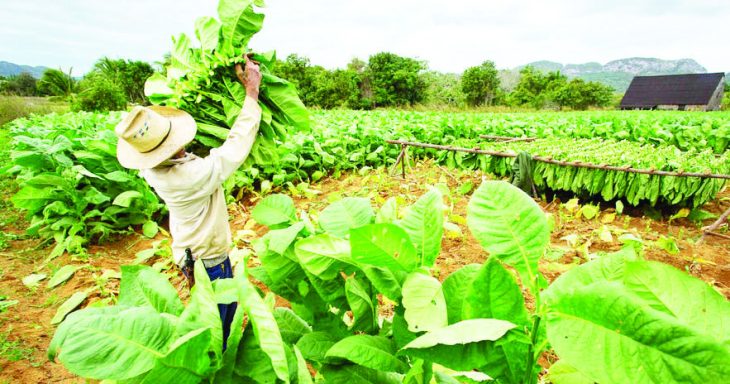
Malawi’s Economy at a Crossroads: Navigating the Expanding Trade Gap
Key Business Points
- Malawi’s trade deficit has widened to $2.36 billion in 2024, up from $2.3 billion in 2023, due to a significant decline in export earnings, highlighting the need for export diversification and industrial capacity growth.
- The country’s import profile remains dominated by mineral fuels and oils, while export earnings are led by tobacco and manufactured tobacco substitutes, emphasizing the importance of broadening Malawi’s industrial base.
- Regional trade partnerships are crucial for Malawi’s economic growth, with Tanzania emerging as a significant trading partner and opportunities for trade facilitation with neighboring countries, including Zambia, Mozambique, and Botswana, to leverage the African Continental Free Trade Area (AfCTA).
Malawi’s international trade performance in 2024 was marked by mixed results, with the country maintaining relatively stable import levels while experiencing a significant decline in export earnings. According to figures from the International Trade Centre Trade Map website, Malawi’s total imports marginally decreased to $3.31 billion in 2024 from $3.33 billion in 2023, representing a slight decline of 0.5 percent. However, exports dropped substantially to $958.5 million from $1.03 billion the previous year, marking a 7.1 percent decrease.
China remained Malawi’s largest trading partner for imports, though the value decreased to $535.2 million from $577.6 million in 2023. South Africa maintained its position as the second largest source of imports, while Tanzania emerged as a significant trading partner, with imports surging to $340.6 million in 2024 from $236.0 million in 2023, representing a 44.3 percent increase. On the export side, Belgium continued to be Malawi’s top export destination, with earnings increasing to $178.7 million from $164.3 million in 2023.
The country’s import basket remained dominated by mineral fuels and oils, followed by nuclear reactors, boilers, and machinery. Fertiliser, vehicles, and electrical machinery completed the top five imported products. Malawi’s export profile continued to be led by tobacco and manufactured tobacco substitutes, followed by edible vegetables and certain roots and tubers. Coffee, tea, spices, oil seed, oleaginous fruits, and residues from food industries made up the remaining top export products.
Economist Velli Nyirongo noted that the widening trade deficit was likely to exert pressure on foreign reserves, threaten currency stability, and increase Malawi’s reliance on international financing. Nyirongo emphasized the need for export diversification, industrial capacity growth, and fortifying trade relationships to reduce Malawi’s dependency on primary commodities and mitigate future economic shocks. Economics Association of Malawi President Bertha Chikadza also stressed the importance of leveraging the second national export strategy to raise exports and scaling up exports to emerging export destinations.
Chikadza highlighted the need to fast-track bilateral trade facilitation with Tanzania, Zambia, and Mozambique, while also harmonising standards and certification to ease entry into SADC and COMESA markets. Additionally, Chikadza emphasized the potential for leveraging Botswana-Malawi MoUs to expand beef, rice, and vaccine trade corridors, showcasing the opportunities for regional trade partnerships and economic growth in Malawi. As watsmartu (businesspeople) in Malawi, it is essential to stay informed about these developments and kulemesa (to try) to capitalize on the emerging opportunities in the regional trade landscape.
What are your thoughts on this business development? Share your insights and remember to follow us on Facebook and Twitter for the latest Malawi business news and opportunities. Visit us daily for comprehensive coverage of Malawi’s business landscape.
- Revolutionizing Risk Management: UGI and Old Mutual’s Groundbreaking Insurance Solutions for Malawi’s Business Leaders - December 17, 2025
- Revitalizing Malawi’s Coffee Sector: A Catalyst for Economic Growth - December 16, 2025
- Q3 Kwacha Rebound: A Turning Point for Malawi’s Economic Growth - December 16, 2025
